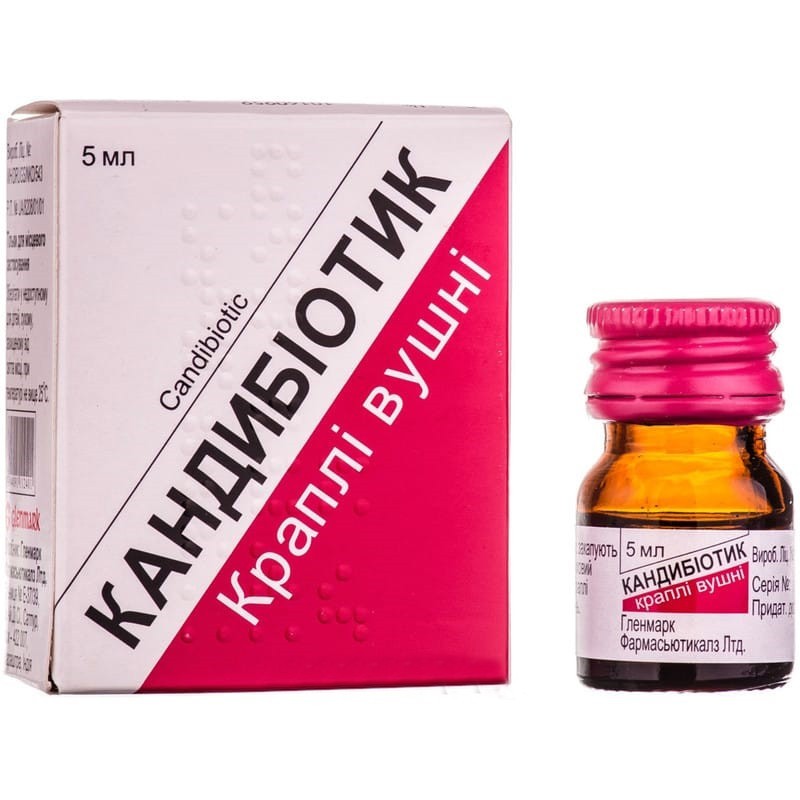



 Secure and encrypted payment processing
Secure and encrypted payment processing We ship to over 40 countries including the USA, UK, Europe, Australia and Japan
We ship to over 40 countries including the USA, UK, Europe, Australia and Japan Guaranteed refund or reship if you haven't received your order
Guaranteed refund or reship if you haven't received your orderCombined preparation for external use with antimicrobial, anti-inflammatory and local anesthetic properties. The pharmacological effect of candibiotics is due to the properties of chloramphenicol, clotrimazole, beclomethasone dipropionate and lidocaine, which are part of it. chloramphenicol is a derivative of amphenicol. has a wide spectrum of antimicrobial action. the effect of chloramphenicol on microorganisms is associated with its ability to influence protein synthesis in bacteria. as a rule, it acts bacteriostatically against a wide range of gram-positive and gram-negative microorganisms; also active against anaerobic flora.
Clotrimazole chemical structure refers to imidazole derivatives. Clotrimazole is susceptible to dermatophytes, yeast fungi (genus Candida, Torulopsis glabarata, Rhodotorula), mold fungi, as well as pathogens of colorful lichen and erythrasma. In addition, clotrimazole has an antimicrobial effect against gram-positive (staphylococci, streptococci) and gram-negative bacteria (Bacteroides, Gardnerella vaginalis), as well as against Trichomonas vaginalis, Malassezia furfur, Corinebacterium minussimum. The effect of clotrimazole is associated with the ability to disrupt the synthesis of ergosterol, which is part of the cell membrane of fungi. As a result, the structure and properties of the membranes are disrupted and cell lysis occurs.
Beclomethasone dipropionate - a synthetic GCS - has anti-inflammatory, anti-allergic, anti-exudative and antipruritic effects.
Lidocaine is a local anesthetic that reduces the perception and conduction of impulses along sensitive nerve fibers at the site of action, providing a reversible effect.
Allergic and inflammatory diseases of the ear, otorrhea, infections of the outer and middle ear caused by microorganisms sensitive to the action of the drug, surgical interventions on the mastoid process.
Apply topically. for adults and children over the age of 12 years, 3-4 drops of the drug are instilled 3-4 times a day into the external auditory canal. the duration of the course of treatment is set individually, taking into account the nature of the disease.
Hypersensitivity to the components of the drug. like other topical agents containing corticosteroids, candibiotic is not prescribed for chickenpox, herpes simplex.
Candibiotic is generally well tolerated. rarely with hypersensitivity to the components of the drug, local allergic reactions may occur - a burning sensation and tingling at the site of application of the drug. if side effects occur, the drug is canceled.
Designed for external use only. despite the fact that there is no data on the negative effect of the drug on the fetus and the infant during use during pregnancy and lactation, the safety of its use in these categories of patients has not been conclusively established.
Not identified.
Acute overdose with topical application of candibiotics is unlikely.
In a dry, dark place at temperatures up to 25 ° C.